Dong Hoi ( Quang Binh ) has a freshwater lake located just a few hundred meters from Nhat Le beach, that is Bau Tro lake. This lake is not only a place to supply water during droughts for Dong Hoi residents, but also a scenic area containing many relics of ancient Vietnamese people...
Previously, visitors stood on the sand dunes of Hai Thanh ward or Quang Phu commune and looked down. Now, from the rooftops of high-rise buildings along the Nhat Le coast, they can see Bau Tro lake and the sea only a few… spans apart. On cold, windy winter days, the sea has big waves that seem like the sea will merge with the lake.
The strange thing that few tourists know is that although the lake and the sea are so close together, the lake water is as sweet as the water from a stone stream in the forest. That is why in the 1980s, Dong Hoi people often went to the lake to get water to wash their clothes. Because the lake water mainly seeps from the surrounding white sand dunes, it is very clear and sweet, and can clean yellowed clothes. Previously, water from Bau Tro Lake was the only source of fresh water that was abundant all year round, providing for the daily life of Dong Hoi residents for generations.

Bau Tro Lake
Surrounding the lake are lush, green pine forests on a white sand area that shines under the blazing sun. Because the lake is freshwater, and has been ecologically protected for over 20 years, many flocks of birds fly here to roost, foraging daily on the lake and in the neighboring fields. For visitors to the lake, there is nothing more enjoyable than hanging a hammock under the forest, lying down and listening to the murmuring sound of the waves, mixed with the chirping of birds on the branches, as if to lull us into a peaceful sleep.

During the summer of severe drought years, when the water level in the lake drops to about 1/3, the lake looks like someone's giant right footprint imprinted on the white sand.
There are quite a few thrilling stories surrounding Bau Tro Lake. People in the old Phu Ninh village (now Dong Phu ward) are still passing down many legendary stories about this lake. That the lake has no bottom, because the water is so deep that no one has ever dived down or measured the bottom of the lake! Many people have rowed boats to the middle of the lake and tried to lower ropes to measure, but the ropes kept slipping down and never touched the bottom…
In ancient times, someone wanted to test the depth of the lake, so he went to the lake and threw a grapefruit into it. Only later did he see the grapefruit floating in Sen Lake, in Le Thuy District, more than 50km away from the lake! Perhaps these legendary stories are just to tell the depth of the lake and the lake’s water source that never dries up, even during the hot, dry summer months.

A sand dune by Bau Tro Lake
Bau Tro, in addition to its natural beauty and precious fresh water resources, also contains valuable historical and cultural values, known as the Bau Tro archaeological site. Looking back at history, in the summer of 1923, two French informants from the French School of the Far East, Max and Depiruy, discovered the site at Bau Tro.
The news spread, and by the end of that summer, geologist and archaeologist Étienne Patte had excavated and published a collection of Neolithic artifacts. These artifacts included stone axes, flakes, two quartzite pots, a grinding wheel, and broken pottery.
In March 1980, Hue University, Hanoi University and the Southeast Asia Institute re-excavated the Bau Tro site. The excavation site was 40m from the lake's edge at that time, 2.3m above the water level, and more than 100m west of Étienne Patte's excavation pit. The artifacts recovered this time were 31 stone adzes, 17 grinding tables, 7 pestles, 3 sharp points, 1 ring, 2 flakes, many yellow ochre blocks that were scraped from many directions, 11,972 broken pieces of household pottery such as pots, pans, vases, jars, bowls, plates... decorated with rope patterns, carved patterns...
Since then, archaeologists have used the name of this site to name the late Neolithic culture distributed in the coastal areas of the North Central provinces of Nghe An, Ha Tinh , Quang Binh, Quang Tri, and Thua Thien, the Bau Tro culture.
According to Ms. Tran Thi Dieu Hong, former staff of Quang Binh General Museum, the age of Bau Tro site is classified by scientists as belonging to the late Neolithic period. Products such as buffalo tooth quartets, flared-mouth pottery with worm-shaped edges and rope-patterned variations, pottery painted in red ochre, black with lead and decorated with carved patterns... in Bau Tro, prove that Bau Tro residents had exchanges at sea with the coastal areas of Sa Huynh.
The stone bracelets and anklets sawn, polished, drilled, and cored with jade have shown a specific picture of the spiritual life and high aesthetic level of the Bau Tro culture residents. Thus, the Bau Tro site in particular and the Bau Tro culture in general are the cultural roots of Vietnam.
Over the past 10 years, the number of tourists coming to Dong Hoi City to relax and swim in the sea each year has exceeded a million, but very few tourists set foot on this strange freshwater lake Bau Tro. If tourists want to admire these Bau Tro relics, they can go to Quang Binh Museum, located only 2km from the lake, where many Bau Tro cultural artifacts are displayed. Hopefully, Bau Tro will become an attractive tourist destination for visitors from near and far.
(According to 24h, December 8, 2023)
Source



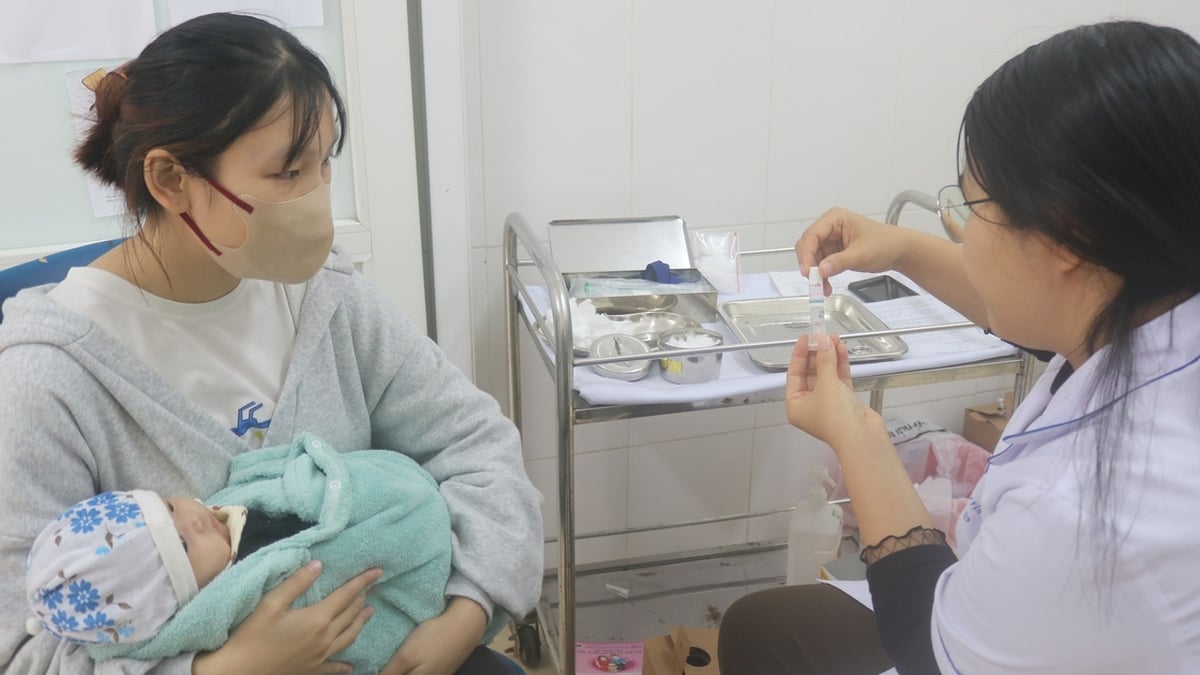

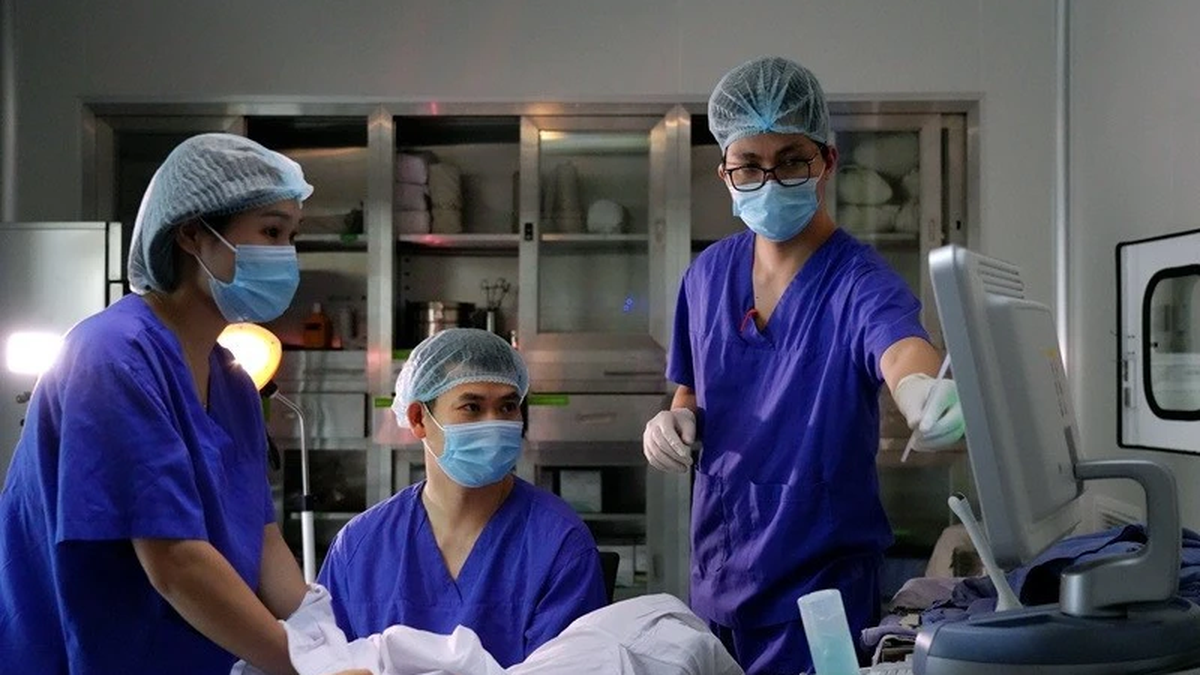
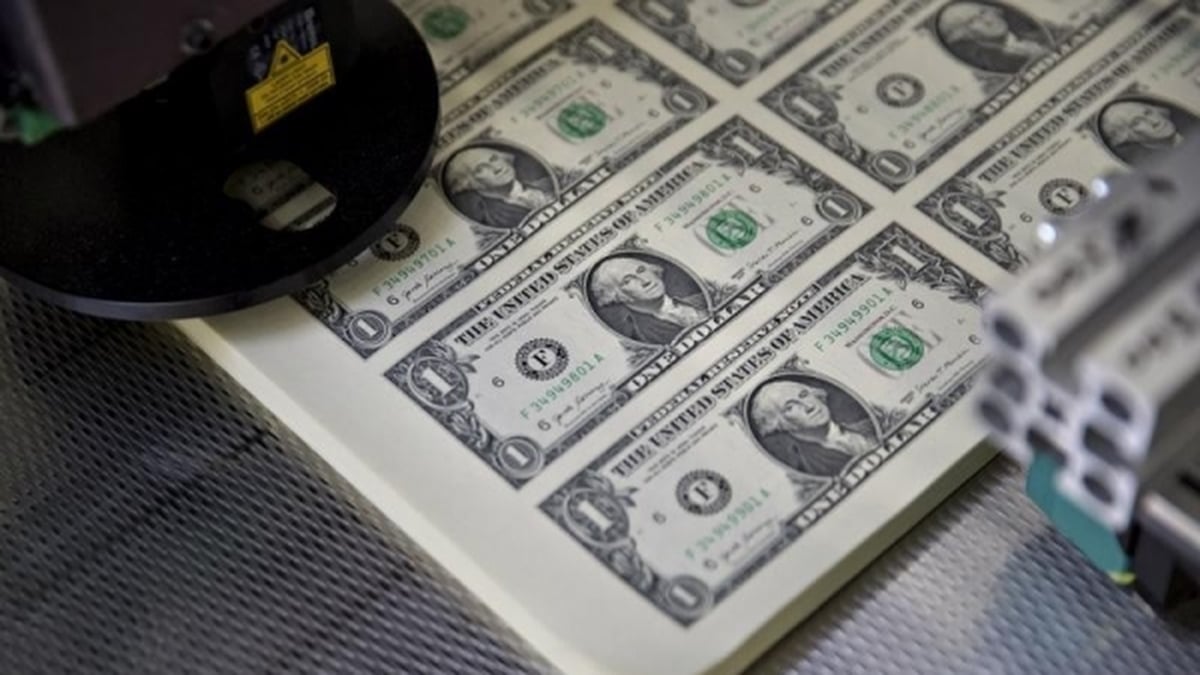


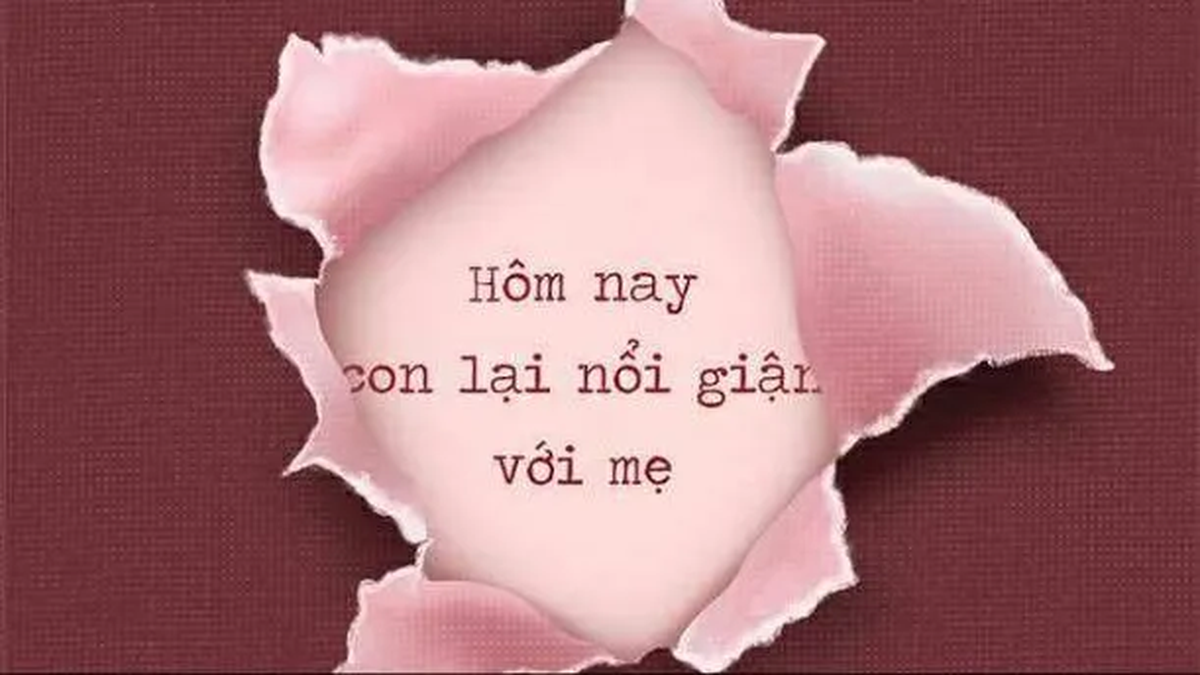
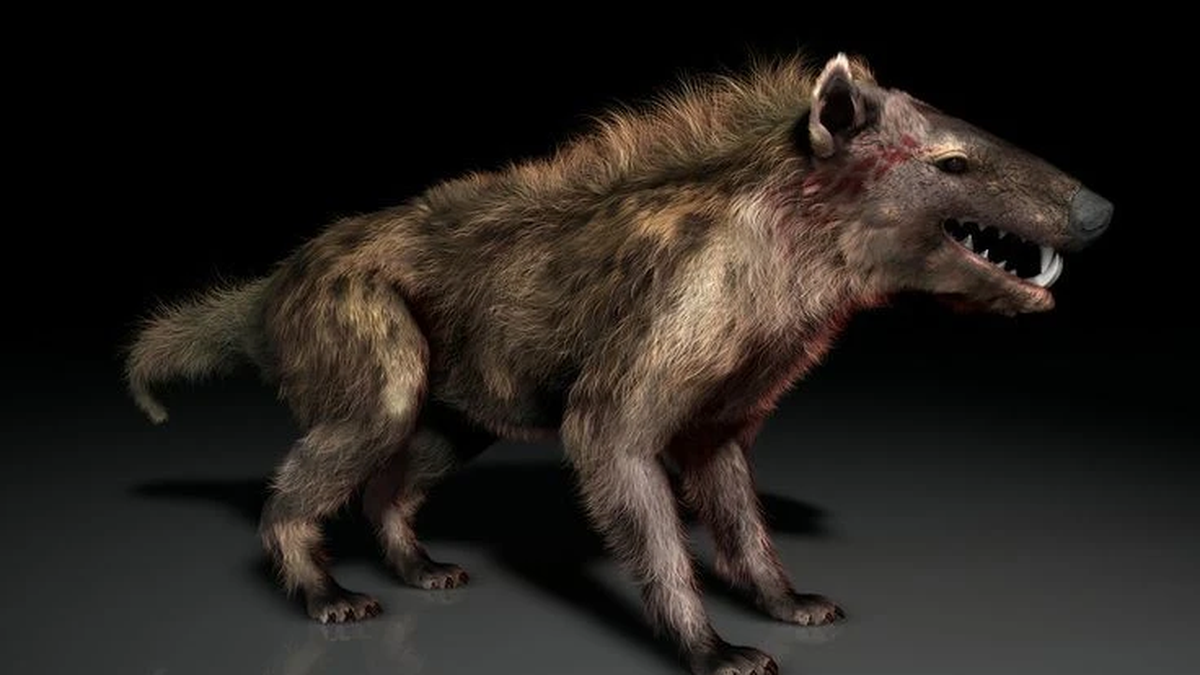
































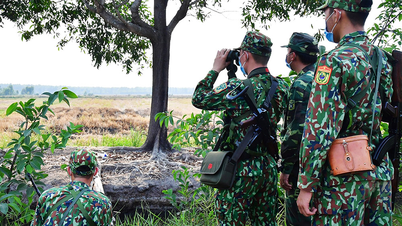











![[Maritime News] Container shipping faces overcapacity that will last until 2028](https://vphoto.vietnam.vn/thumb/402x226/vietnam/resource/IMAGE/2025/7/30/6d35cbc6b0f643fd97f8aa2e9bc87aea)






































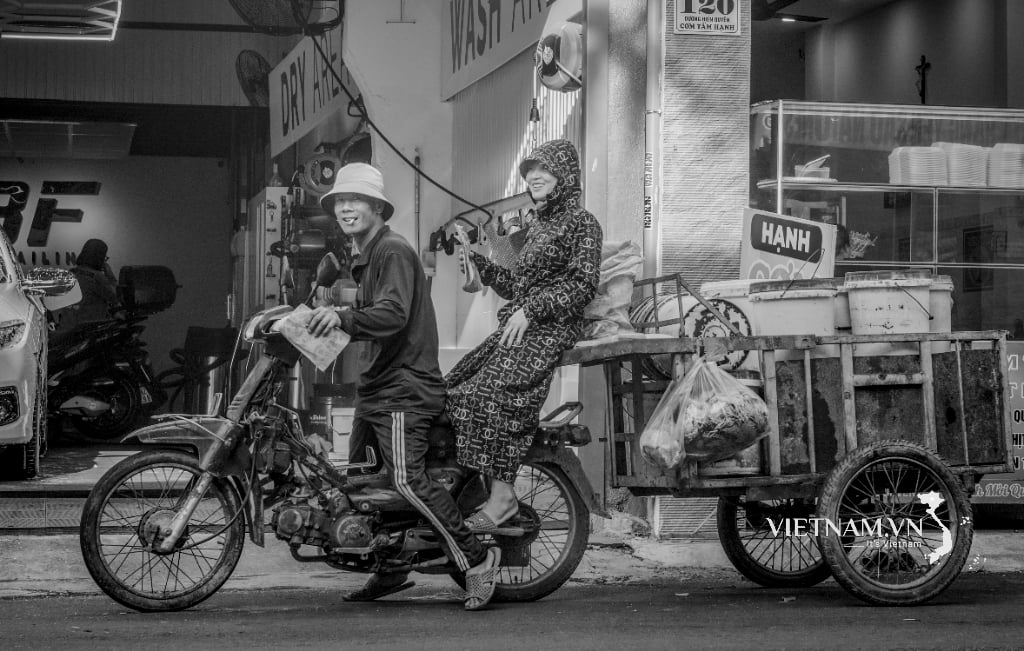
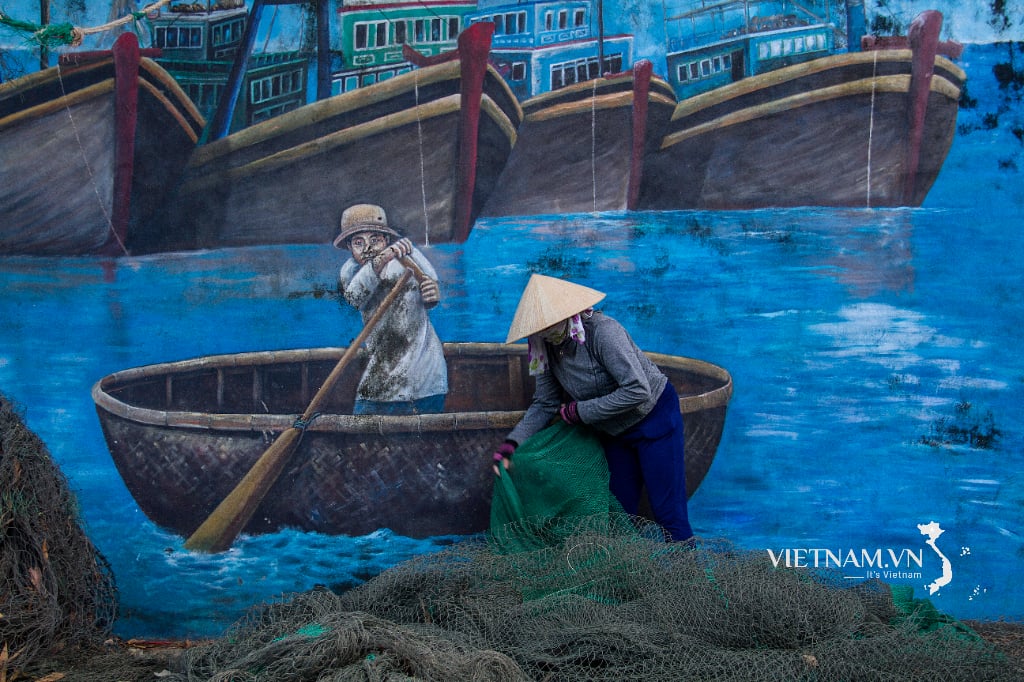
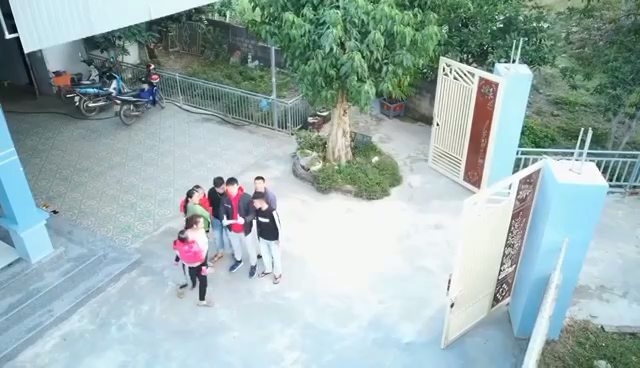
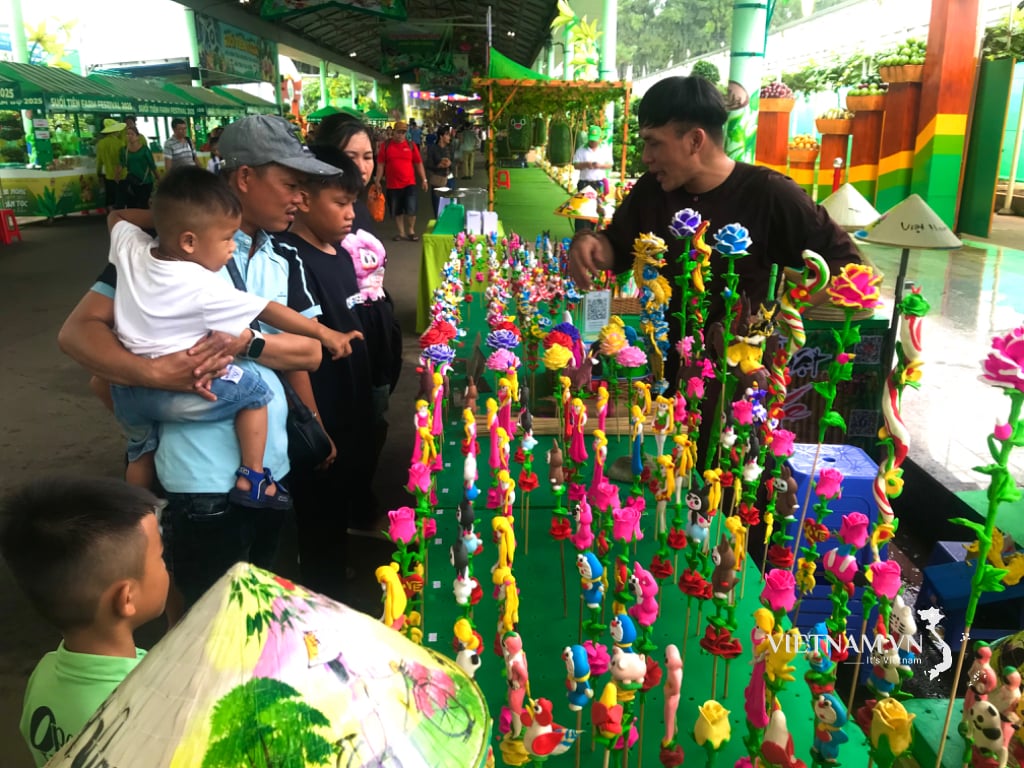
Comment (0)